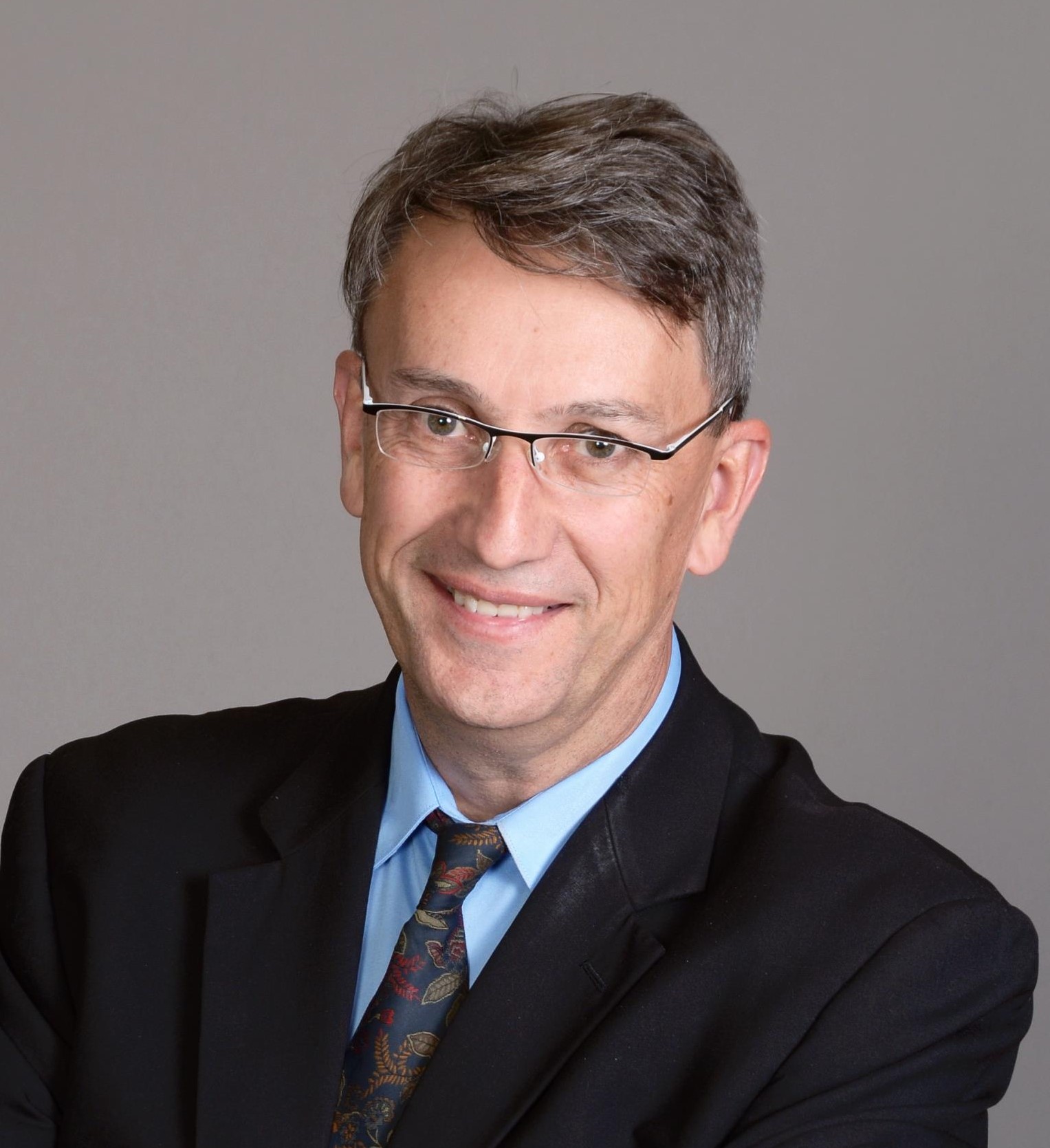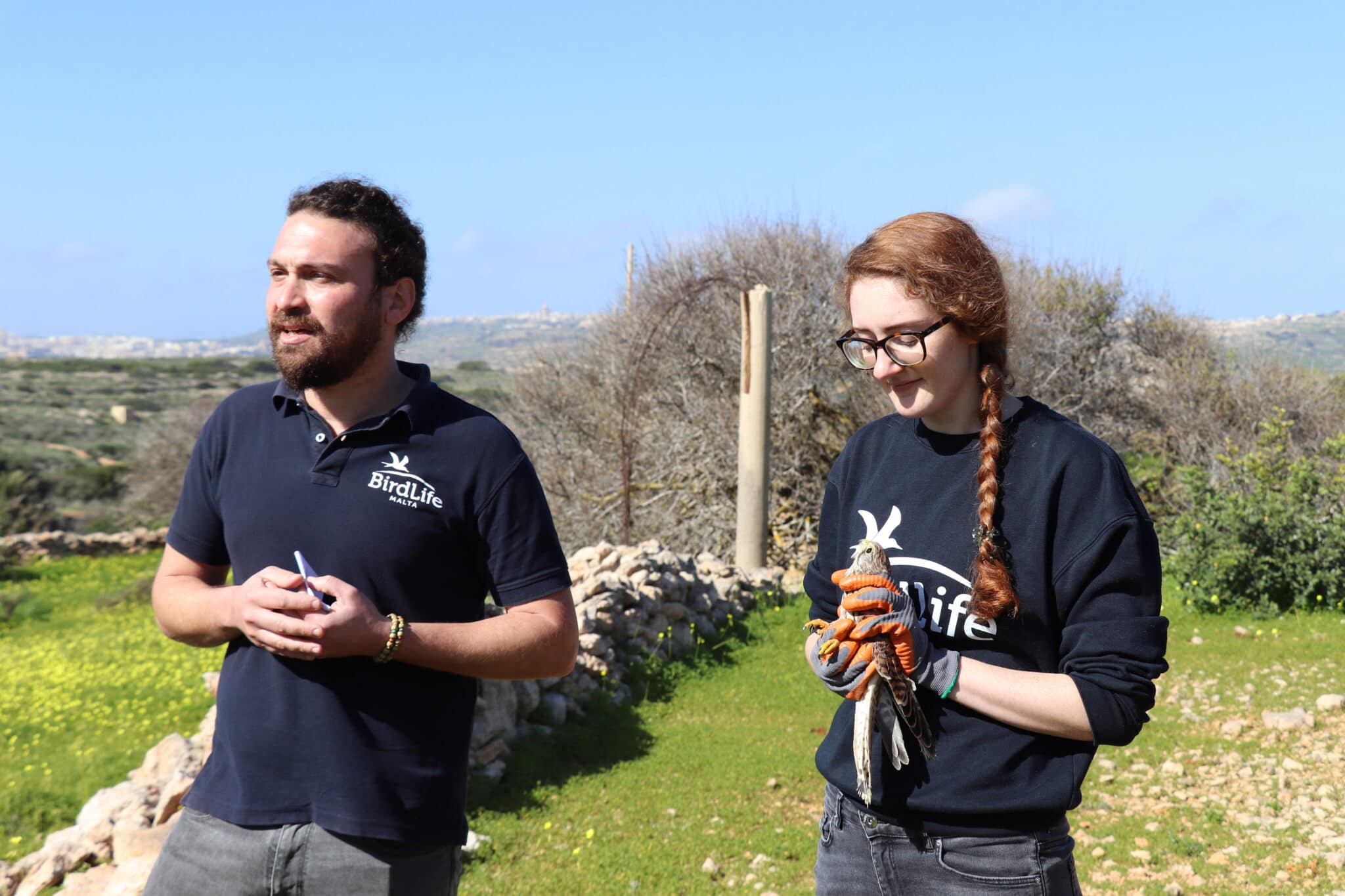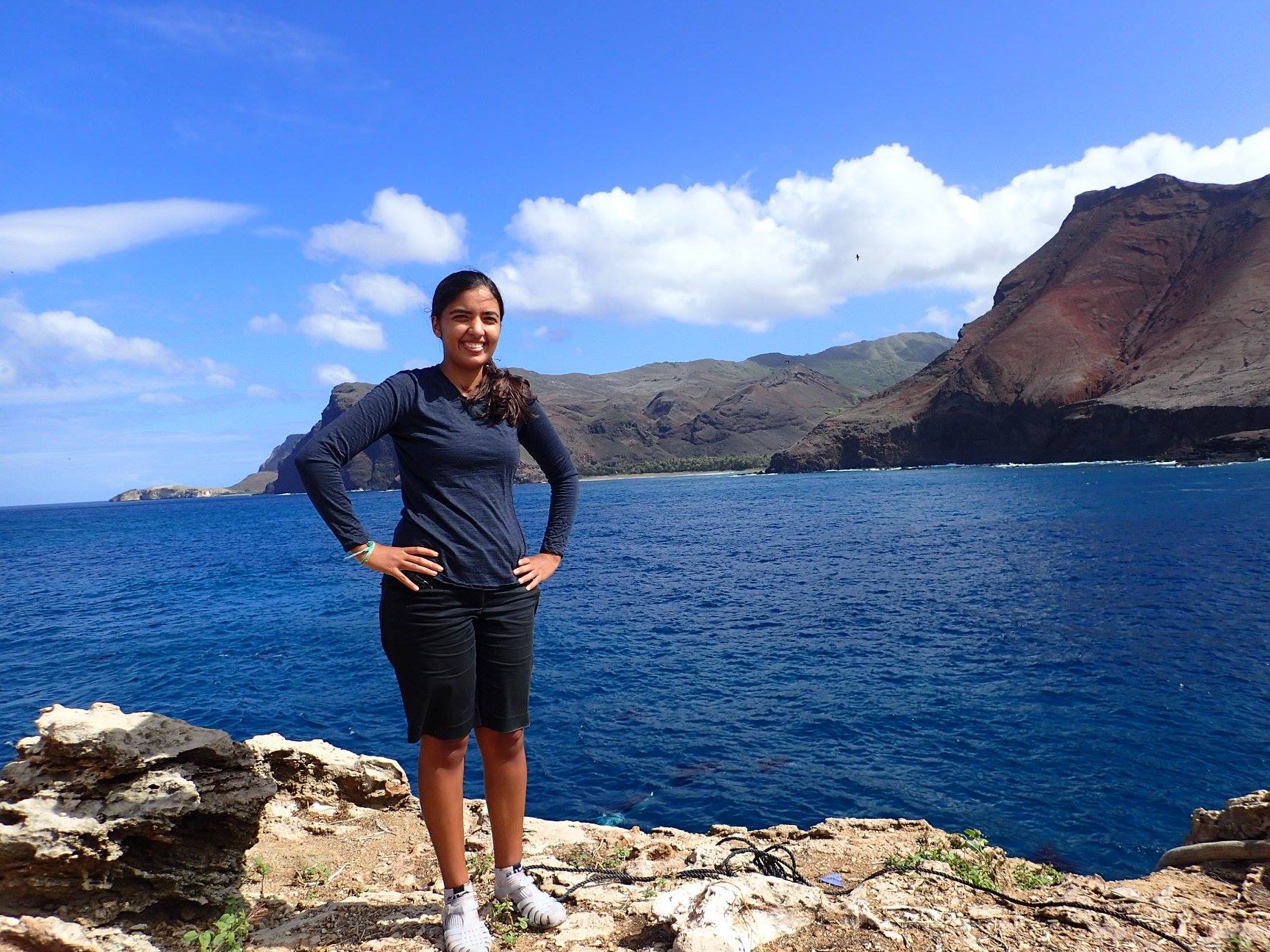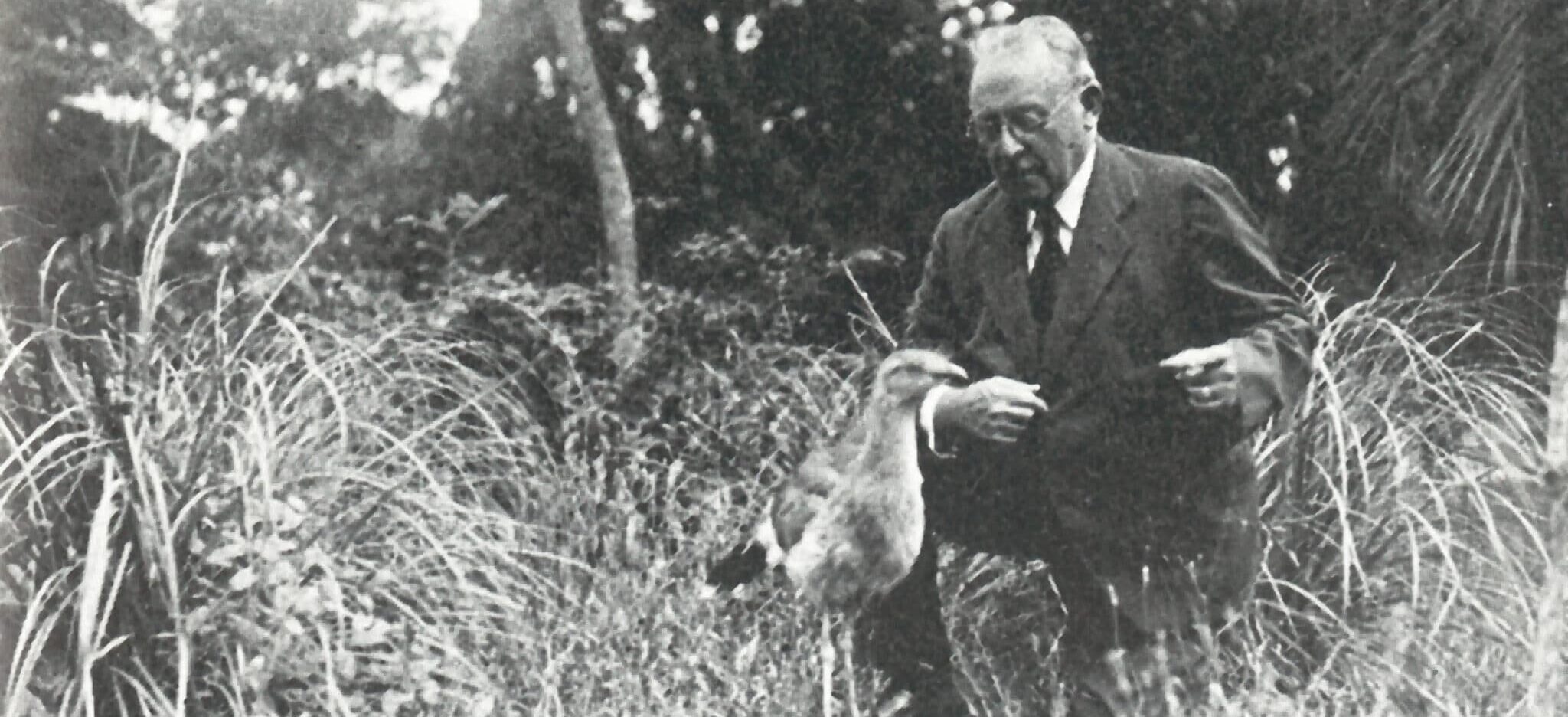Conservation Careers: Taking on the Biggest Conservation Challenges in the Americas
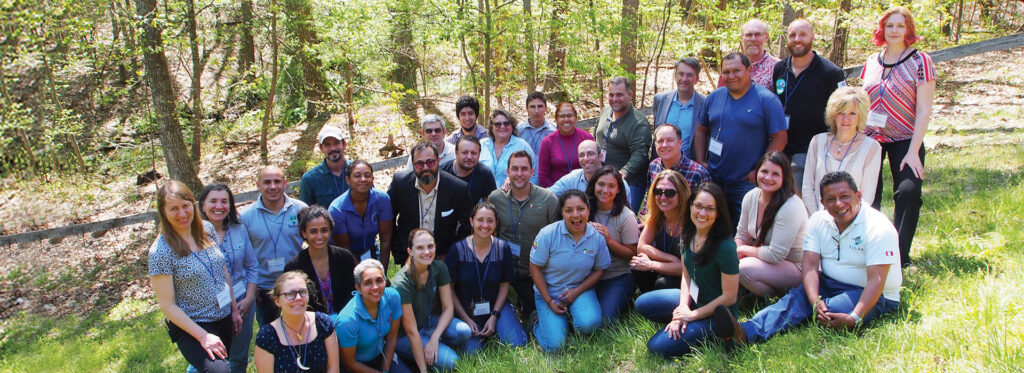
Mike Parr’s conservation career began in development at BirdLife in 1989. Fast forward 30 years and he is now President of the American Bird Conservancy (BirdLife Partner), where he has held several roles over the years. Here, he shares his career journey, what he feels has made the American Bird Conservancy so successful, and his advice for aspiring conservationists.
Out of all the careers you could have chosen, why conservation?
I’ve had an interest in conservation since I was a little kid. I’m not quite sure what sparked it but growing up in the 1970’s the environmental movement was in its early days and absorbing the conversations at the time about rainforest loss and pollution I’m sure had some impact on me. I remember there was a new bridge project near to where I lived and I became concerned that it was going to affect a natural area that I cared about, so I started my first environmental campaign by handwriting notes and sticking them in everyone’s letterboxes.
I was also interested in birds as a young kid and at school met a teacher, David Woodward who was an expert birder, and I learnt a lot about identification from him. I started to see the impact that development was having on habitats and eventually the two things collided, and I had the realisation that you can’t be fully interested in birds and not have a concern for what’s going on with them. It landed particularly when I was travelling in Nepal in the early 1980’s and an area I visited to see a particular bird was literally being bulldozed when I got there. Being right there as the bulldozer was destroying this tract of land was really the moment when it all coalesced for me, and I felt I had to do something about it.
You’re currently the President of the American Bird Conservancy, can you tell us about your career journey to get to this position?
I initially worked for a TV production company, a magazine and sold advertising for a while and then a job at BirdLife came up in marketing, and blending marketing and birds felt like the perfect role. I then moved to America and took a job working in fundraising for a children’s summer camp for children with chronic illnesses for a few years when Mike Rands – who was CEO of BirdLife at the time – tracked me down and said they were looking for someone to raise money for them based in Washington and the role was embedded in American Bird Conservancy. Since then, I’ve carried out many roles at ABC, I ran the DC office for a while, was Head of Communications, Chief Conservation Officer – I’ve done a bit of everything. I’ve been super lucky with my career as I know not everyone gets to work in something that is their passion.
“We focus on bird habitat and people know that we are bird central. We are known to do the more controversial things that others avoid, so people recognise us as warriors for birds as well as experts in bird habitats. We also have a big international programme, and that’s been attractive to people.”
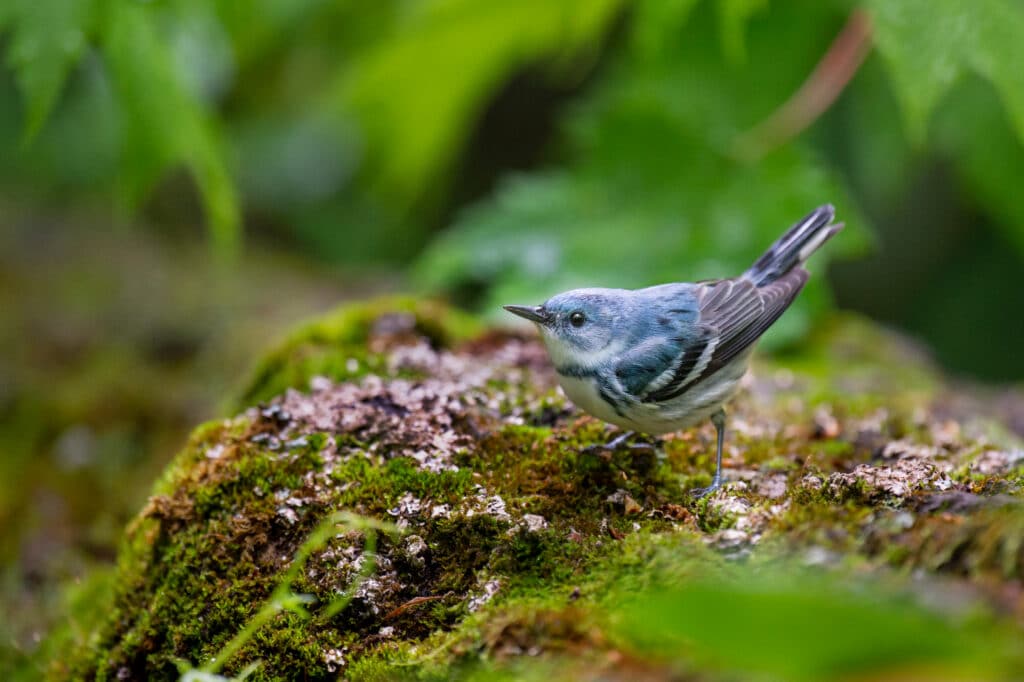
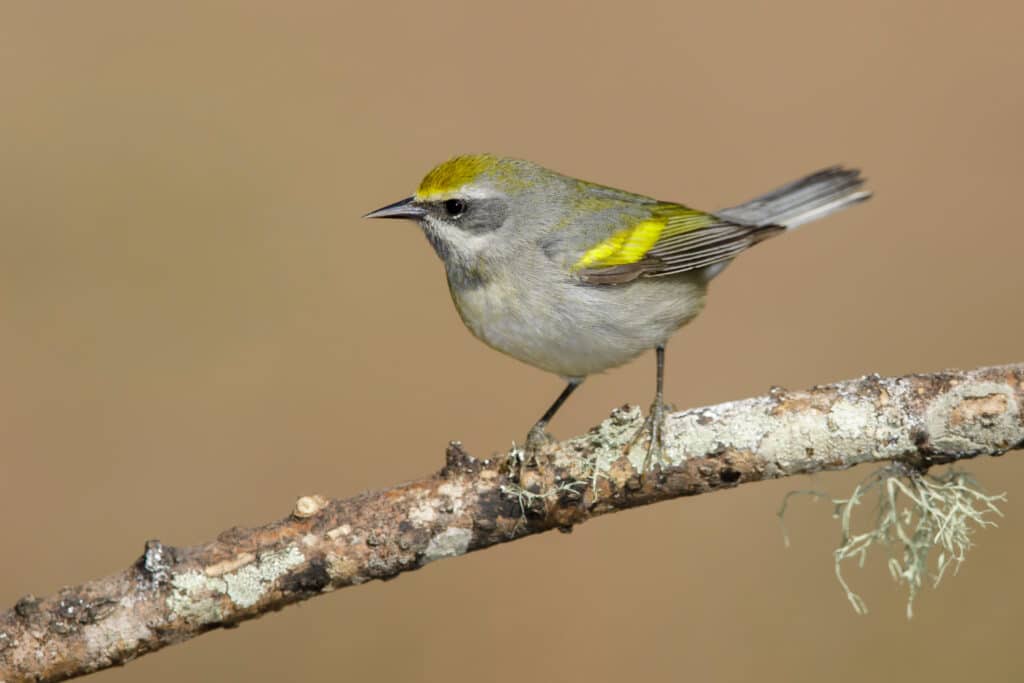
Did you always know that you wanted to eventually lead a conservation organisation?
I never wanted to be President for the sake of the title. But I didn’t want someone with completely different ideas coming in because I’ve been running the conservation programmes here for a while and thought it was unlikely that someone from the outside would understand the way this organisation works in the same way. I was convinced, and still am, that we are on the right track in terms of our priorities and strategies, and I care about birds and about it being a bird conservation organisation. We are the bird people, and I didn’t want to see the organisation drift off to something more focused on climate or broader biodiversity. Not that those things aren’t important, they really are, but there are big, effective groups that are doing that, whereas there aren’t as many groups that work on birds specifically.
What does the role of President involve?
As President, I’m mostly trying to solve people problems. The secret to it is making sure that the list of things that you think are important to do get done, whilst fielding all the other things that other people think it’s important for you to do. You’ve got to service the needs of other people whilst trying to make sure you continue to steer the organisation. I think as President, you’re the one person who sees the full picture of the organisation. Everyone else is seeing some subset of it, and you need someone steering the overall ship. I also try to be our authenticity backstop. I’m now the second longest serving employee, and so I understand where all the programmes came from, why we’re doing them, and all the elements of them. I make sure we stay true to our principles and that when we say things, they are absolutely true. Trying to make sure that the people are organised, inspired, treated well, and that they are happy at work so they feel productive and doing things that lead to good outcomes, that’s what I’m really trying to do. An organisation has a brand, a mission, and projects, but really, all it’s really got is its people at the end of the day.
You joined the American Bird Conservancy in its early days. What do you think has contributed to it becoming such a recognisable and influential organisation?
I think the success of ABC is due to multiple factors, but I would put it down mostly to people. Alan Weeden was critical in the beginning as he ran a foundation and was well known in the community, and he decided to go bat for ABC and to give and raise money. If it hadn’t been for Alan, I think it would have been tough going. Also, George Fenwick and his wife Rita Fenwick were excellent fundraisers, and George made some smart choices about alliances and partnerships, so I think a lot of the early success was down to George’s fighting mentality and unwillingness to go quietly into the night which is one of his great qualities. The feisty “get in the trenches” concept came somewhat from George because that’s his personality, and because it was a role that needed to be played and we were well suited to that.
In terms of the organisation now, we focus on bird habitat and people know that we are bird central. We are known to do the more controversial things that others avoid, so people recognise us as warriors for birds as well as experts in bird habitats. We also have a big international programme, and that’s been attractive to people. We take on challenges like Hawaii. A lot of people used to say that birds in Hawaii are doomed and there’s no point—it’s too late. It’s not at all too late! It’s challenging, but it’s still game on. I don’t think we are going to see all Hawaiian birds go extinct. Some are close to the edge, but I think we can definitely claw it back here, at least for some of the species. It is so important that we save as many as we can.
“We take on challenges like Hawaii. A lot of people used to say that birds in Hawaii are doomed and there’s no point—it’s too late. It’s not at all too late! It’s challenging, but it’s still game on. I don’t think we are going to see all Hawaiian birds go extinct. Some are close to the edge, but I think we can definitely claw it back here, at least for some of the species. It is so important that we save as many as we can.”
The American Bird Conservancy isn’t afraid to take on difficult issues like free-roaming cats, do you think that has contributed to the organisation’s success?
I think that some people do admire the organisation because we don’t shy away from those things. I think a lot of people like to see groups that are wanting to stand up for their principles and fight. Not everybody wants to see groups that are feisty like that though, a lot of people want to see collaboration and meeting in the middle. That’s a typical human reaction to things, and it’s valid and understandable, but there are some things where meeting in the middle doesn’t work, and with cats I don’t think there is an easy meeting in the middle. Because what is that middle? How do you practically let a cat out some of the time? And even if you did, the cat would still be killing birds when it’s out. We like to find collaborations and middle ground where it’s reasonable but there are some things where it’s hard to find where that middle ground is. I think it’s important for groups that have a particular mission to sometimes say that’s not going to work for our mission and we need to draw a line there.
Is there a strategic way that you go about communicating these issues?
We have tried a variety of things. In a couple of cases, it’s gone from a collaborative approach to a more oppositional approach. For example, we worked closely with the wind industry and everything seemed good with developing a wind policy but then there was a big push by industry to have voluntary guidelines for bird compliance and later they pushed to have the Migratory Bird Treaty Act nullified as otherwise they could have been prosecuted under it. Under the Trump Administration industry got access to the Department of the Interior, and they persuaded them to nullify prosecutions under the Migratory Bird Treaty Act for wind and for oil and gas, so we had to sue on that. It’s an example of where we had to change our approach as they were pushing for more advantages and less bird protection. We always start off politely, we look at the science, and if we don’t get adequate response, we will ramp it up from there.
What advice would you give to someone hoping to pursue a career in conservation?
There are numerous routes in, business, biology, communications, finance – we touch on almost everything so there isn’t one formula to how you get into it. I personally don’t always look for expertise as much as personality traits relative to the team that we have. To me, the workplace has shifted a little bit. Information is available to all of us in an instant, so while the world still has room for absolute experts, to get started in a job you don’t always need to be the global expert on a topic. If you’re eager to learn, you’ve got an inquiring mind, and you can fit into a team, those are some of the traits that I think are important. I also look for people who are creative, enthusiastic, willing to take risks, and who embrace change. I wouldn’t let the fact that you’re not an expert in conservation or birds stand in your way if you care about them and want to make a difference.
American Bird Conservancy is dedicated to conserving wild birds and their habitats throughout the Americas. To find out more about their work and how to support them, click here.
Header image © Daniel J. Lebbin
Sign up to our jobs newsletter
Our jobs newsletter curates the latest jobs across the BirdLife network straight to your inbox.


